
6 ways to show Social Proof on a website
If you’re reading this, then you already know the value of Social Proof: It builds confidence in your brand and boosts conversion.
Use these 6 different kinds of Social Proof in your content. They’ll improve the customer’s impression of your brand and win more sales.
Bonus: Optimize your conversion with these behavioural psychology principles
#1: Social Proof from an Expert
People trust experts – it turns your product into a personal experience. It becomes a story. One told by someone the audience trusts – because they know what they’re talking about.
Example 1:
Independent experts (including advisory organizations) offer a special kind of social proof. It’s honest, and trustworthy. This matters for products where reliability is on the mind of the consumer.
“not quite satisfactory, but offers ample coverage”
– honest advice by Independer
There’s no shortage of Health Insurance providers – and this makes it hard to choose. Independer takes on the role of the ‘Expert’ in this instance.
Example 2:
‘Influencer marketing’: this falls under both Expert and Celebrity, but the influencer acts as an expert when doing an Instagram shout out or a takeover for a brand. This is where the influencer tries out the products or services of that brand and gives advice accordingly.
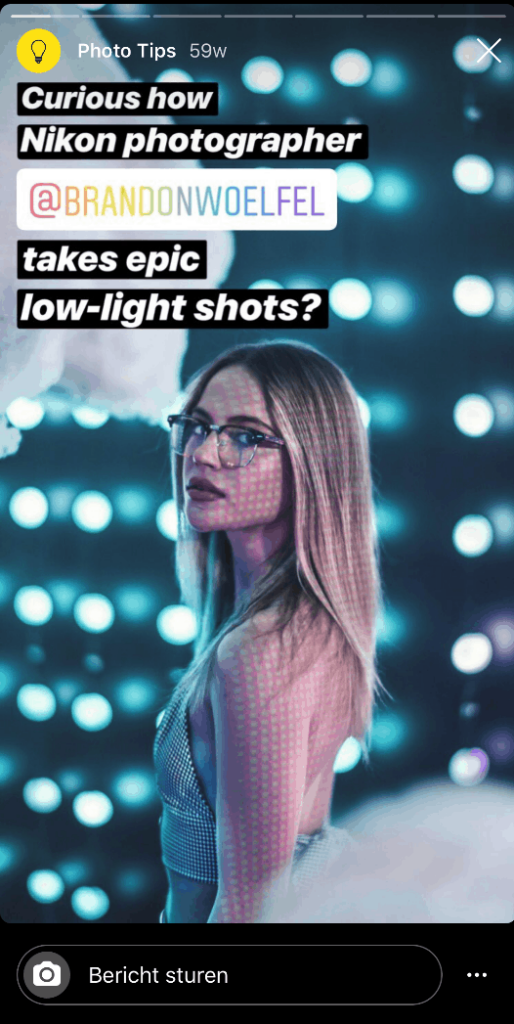
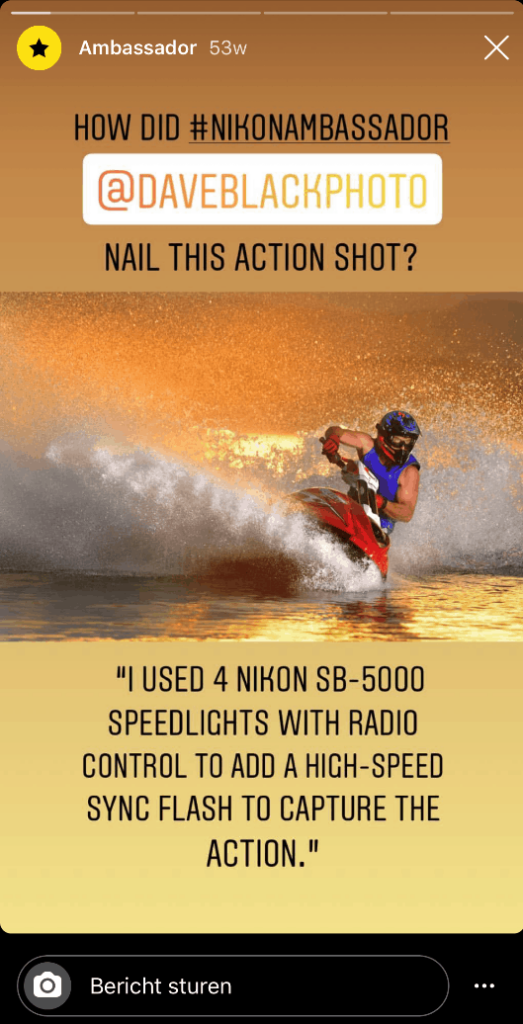
2. Social Proof by Celebrity
Are celebrities more trustworthy or knowledgeable?
Of course not – yet we trust them anyway. Their faces have become so familiar they’re like a friend.
Also, they’ve achieved ‘success’ by becoming famous. So maybe the product they’re endorsing is part of their success story? It certainly looks better.
Example:“J.K. Simmons recommends Farmers Insurance’s product”
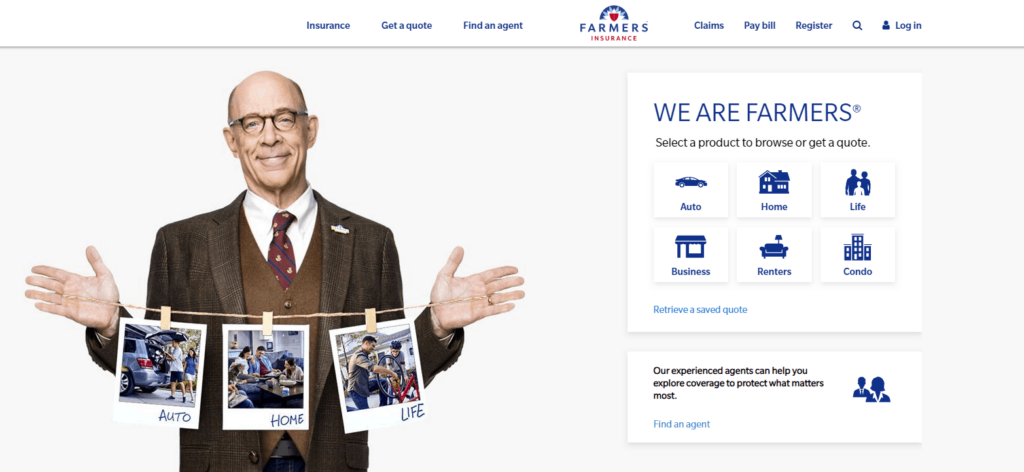
The Oscar-winning actor J.K Simmons (LaLaLand, Juno, Whiplash) is the face of Farmers Insurance in the United States. He explains clearly in brief 30-second commercials what’s covered (and what isn’t) by the Farmers Insurance products.
Celebrity endorsements are commonly used, including by brands like Nike, Elvive, Covergirl, Campina, and RedBull.

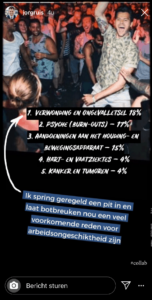
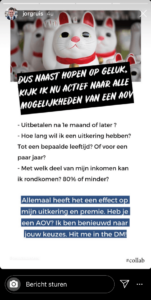
Today, influencers are celebrities too – often straddling the line between expert and celebrity. For example, this collaboration between Jorg Ruis and Centraal Beheer (a leading insurer in the Netherlands).
Quick Fact!
Robert Cialdini was the first to give Social Proof its name in his 1984 book, Influence: Science and Practice.
Social Proof:
“The social and psychological phenomenon in which people who are uncertain of what to do copy the actions of others.”
#3: User review
Unboxing videos are a perfect example of this. They show a single user and document their honest experience.
Single user experiences can also be included in product pages. These tell a short story about how a real person bought the product and what they thought afterwards.
These don’t have the same ‘number power’ as the ‘wisdom of the crowd’ (below), but they do have something else. A smaller sample has the appearance of being more randomly selected, and this makes it feel more authentic.
Social media channels and streaming sites like YouTube are an amazing resource – and they can be leveraged.
#4: Wisdom of crowd
Your customer naturally feels more confident knowing that they’re in good company. If others have had successful experiences, then they can too.
This is why reviews are so important. Reviews give potential customers a clear expectation – instead of a looming uncertainty.
Example 1:
Health Insurance provider CZ puts serious work into building consumer trust on their website.
Between lines of text, the customer regularly finds:
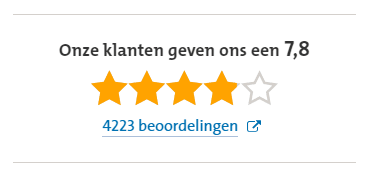
Their 4-star rating is based on more than 4000 reviews, which give a detailed picture of typical experiences.
Example 2:
Athlon.com prominently displays customer reviews on their website. The lease car provider receives a score of 8.4 based on scores provided by 26,868 lease drivers.
The visitor gets a detailed explanation of the review if they click on the score. It’s broken down into ‘reachable by phone’ (far left), ‘response time to questions’, ‘customer friendliness of employees’ and ‘meets expectations’ (far right).
It’s a great example of combining the Social Proof of ‘user review’ and ‘the wisdom of the crowd’.

Amazon, fonQ, and Coolblue also use the wisdom of the crowd in combination with reviews by the user.
Why does Social Proof work?
Uncertainty is a deal-killer. Social Proof overcomes this.
It demonstrates a clear path of action, and predicts the successful outcome. This gives the customer more confidence.
Humans are herd animals. We still have free will, but when we’re unsure we tend to follow others – because there’s safety in numbers. This is known as the ‘Bandwagon Effect’, and Social Proof is used to create this effect on-demand.
#5: Your friends love this!
When a friend recommends a product or service, this carries some weight. It means more than an expert or celebrity endorsement. The wisdom of friends is a powerful tool if you can wield it.
- Referral schemes – enable satisfied customers to send referrals to friends (for a reward).
- Social media reviews – connect with Social Media accounts to show if a connection has bought a product or recommends it.
- Instagram games – get customers to engage with your brand for a possible prize.
- Free trial ‘gifts’ – people love being generous. Let them gift a free sample or trial to a friend.
The ‘wisdom of friends’ is similar to the offline ‘word of mouth’. Online word of mouth is given through Facebook by providing tips, pages that your friends like, and events that your friends will be attending.
Examples:
Uber Eats and OneFit both use the wisdom of friends to great advantage.
With the ‘friends link’ you and your friends can receive a discount on food or a gym membership.
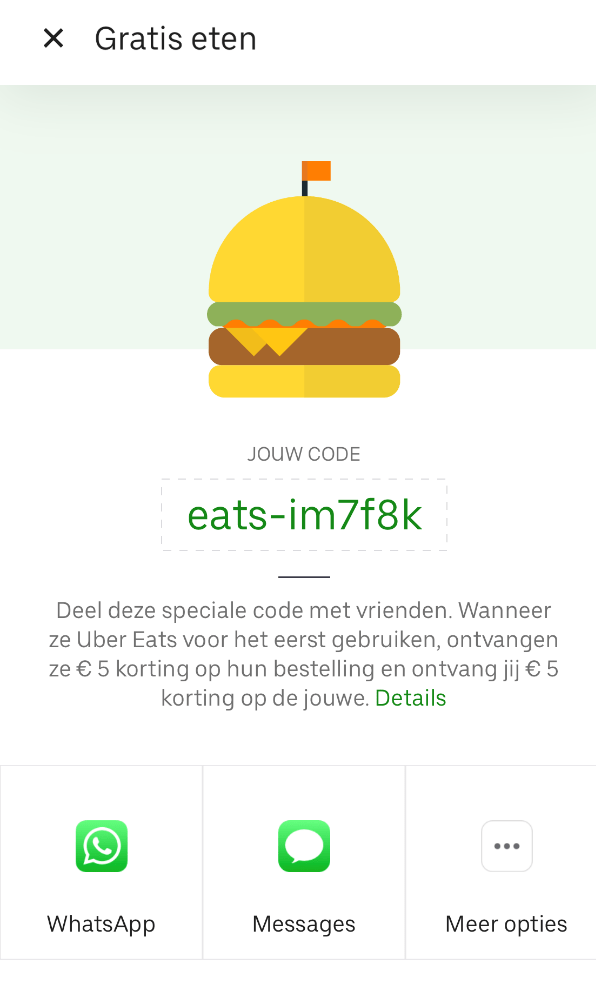
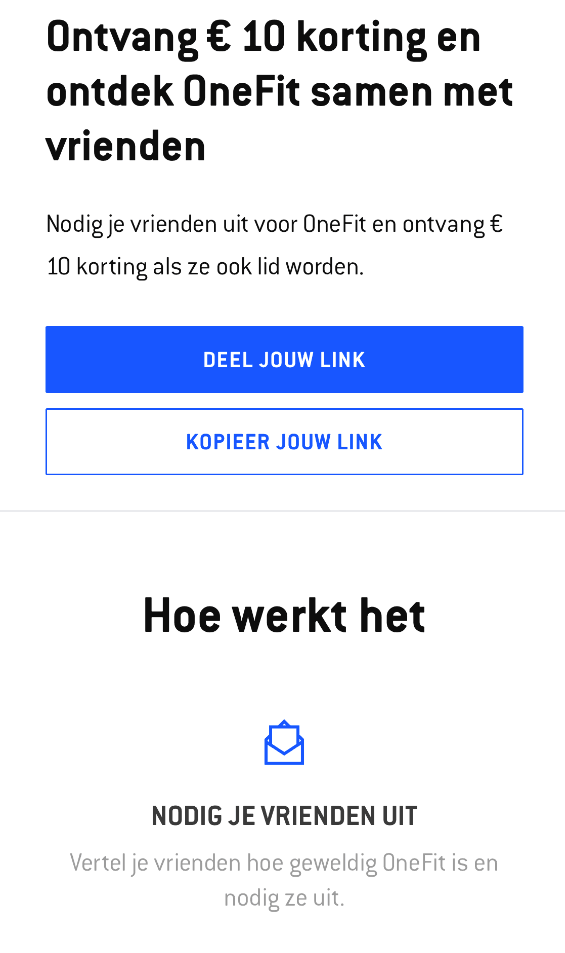
Uber Eats: share this special code with friends. When they use Uber Eats for the first time, they will receive a 5 euro discount on their order, and you will receive a 5 euro discount on yours.
OneFit: Receive a 10 euro discount and discover OneFit together with friends.
#6: Quality Seals and external validation
Association with a trusted body or organization uses the ‘halo effect’. It transfers the trustworthiness of an official Quality Seal or Verification to the brand itself. Association with a recognized partner has the same effect: trust by association.
Example 1:
Simpel is a sim-only provider and underlines its message with statements like
“Simpel uses the T-Mobile network: the fastest and best tested mobile network in the Netherlands.”
‘Best tested mobile network’ is a reference to a certification: a quality seal.
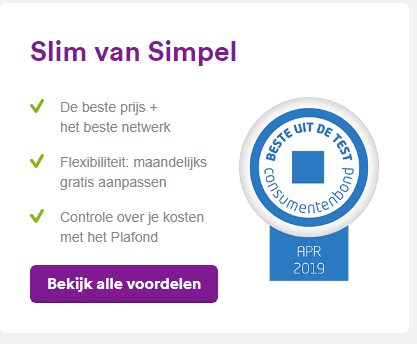
Example 2:
Athlon.com clearly states that they were chosen as the ‘Best Leasing Company’ in 2017/2018.
The website visitor recognizes this:
“The website immediately shows a list of options. It has the seal of the best leasing company.”
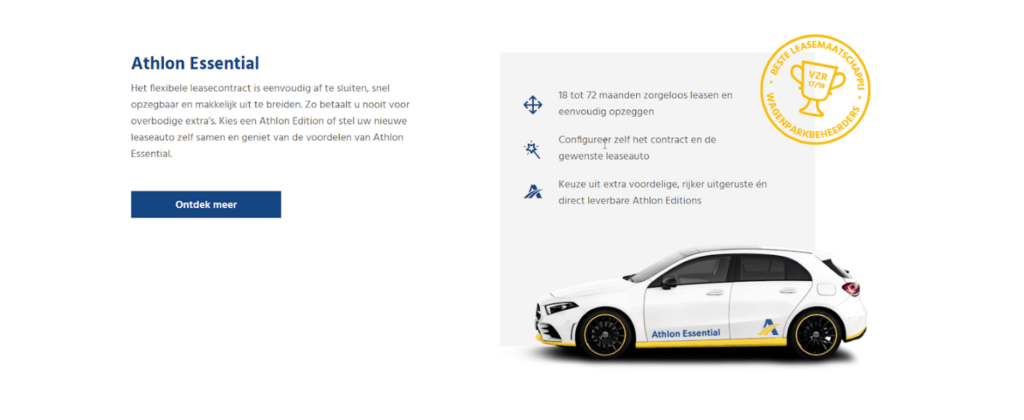
An example of how to use a certification to your advantage!
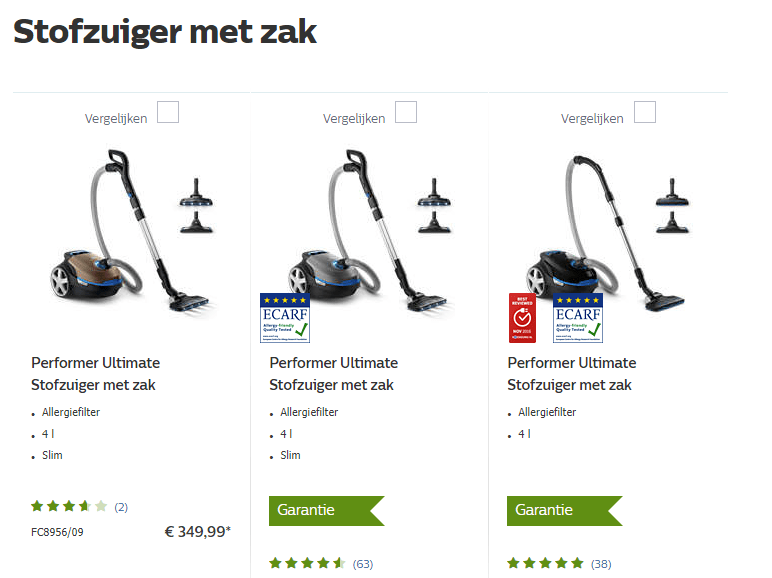
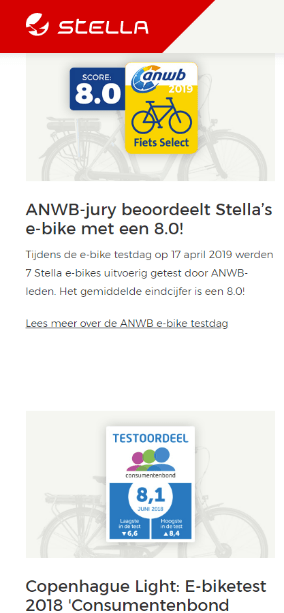
Consumentenbond and Kieskeurig provide well-known quality seals/labels.
Companies that display a clearly recognizable external validation on their website (like Simpel, Philips, and Stellafietsen) gain a confidence boost. This means better conversion.
Optimize your conversion with these behavioural psychology principles
These psychological theories and examples, along with our practical examples and screenshots, will help you to sharpen your online customer experience and improve your website.


